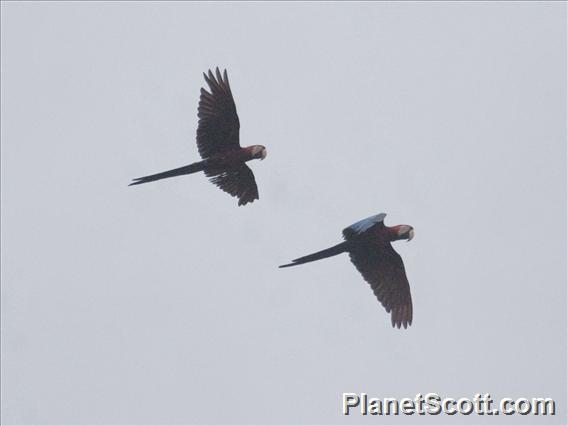Red-and-green Macaw (Ara chloropterus)

Red-and-green Macaw (Ara chloropterus)
×


Red-and-green Macaw (Ara chloropterus)
About Red-and-green Macaw (Ara chloropterus)
- Kingdom: Animals
- Phylum: Chordates
- Class: Birds
- Order: Parrots
- Family: New World Parrots
The red-and-green macaw, also known as the green-winged macaw, is a large, mostly-red macaw of the genus Ara. It is popular in aviculture, and is the second most commonly kept macaw species after the Blue and Yellow. However, they are not as common in captivity as the Blue-and-yellow macaw, and are much more expensive; prices are often double that of the blue and gold.
Source: Wikipedia
Lifelists
Trips
Visits
-
2009-03-09
Cana Station, Panama

